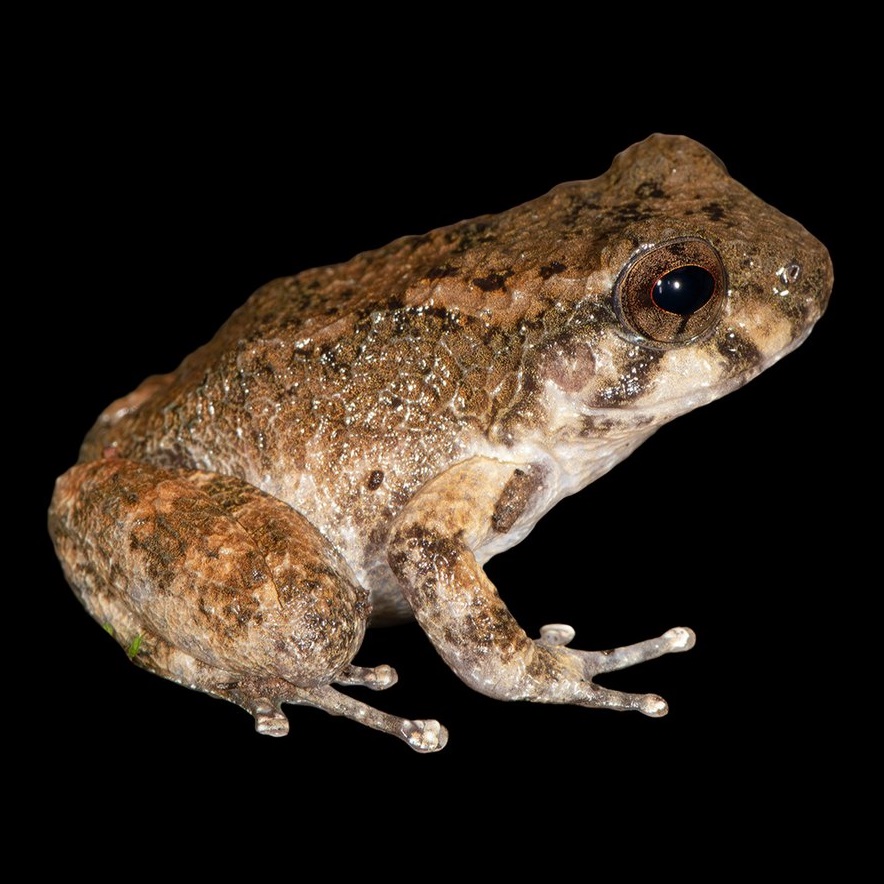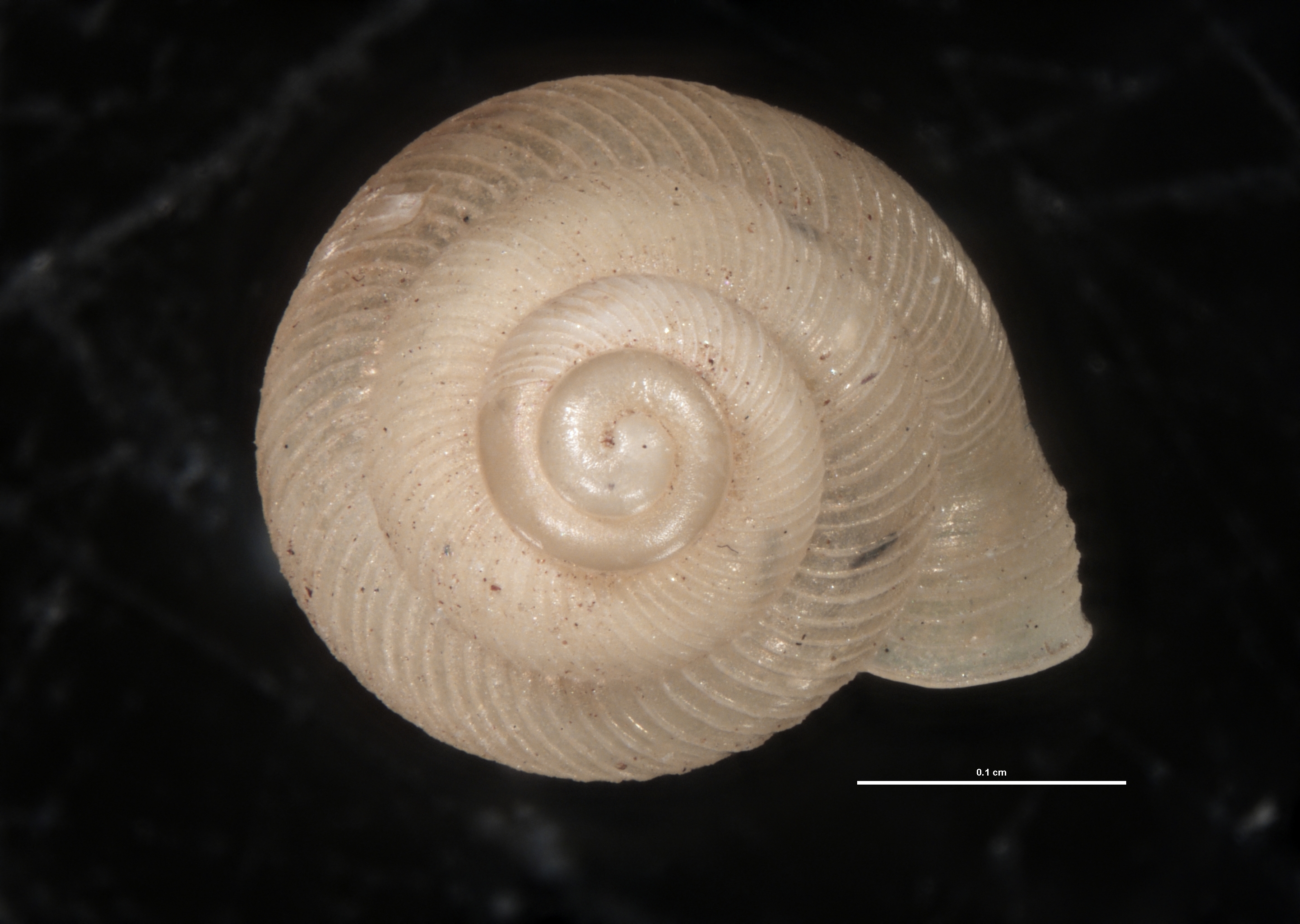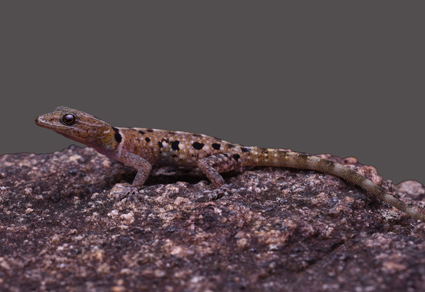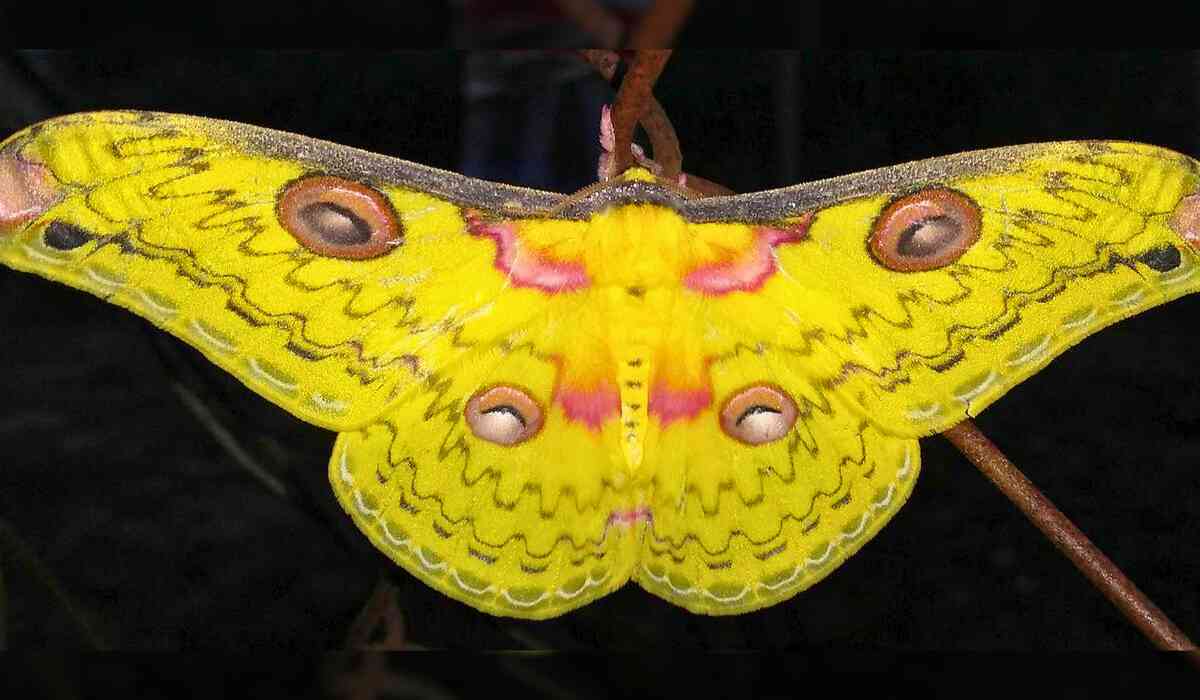In the beautiful region of India's northeast, an exciting discovery of diverse animal species has captivated researchers and specialists. Through careful analysis of samples over time, a wealth of fascinating new life forms has been uncovered.
Stefan Naumann from Berlin's Museum fur Naturkunde and Peter Smetacek from the Butterfly Research Centre in Bhimtal have recently revealed 11 emperor moth (Saturniidae) species that were previously unknown. It is with great pride they announced that nine of these fascinating species have been discovered in Arunachal Pradesh and Assam. Among them are the Mishmi moon moth (Actias smetaceki) and the Shan moon moth (Actias loeffleri) from northern Myanmar, which have been named after the beautiful lunar patterns on their wings.
_1700214271.jpeg) Mishmi moon moth (Actias smetaceki)
Mishmi moon moth (Actias smetaceki)
One moth that is worth mentioning is the Loepa himalayana, which has a remarkable wingspan of 13.6 cm. This elegant moth has been found residing in Arunachal Pradesh and Tibet. In the Saturniidae family, which is home to more than 1,300 known moth species, around 100 can be found in India.
Introducing Alcalus fontinalis, a fascinating frog with unique expanded toes and textured skin, newly discovered in Namdapha, Arunachal Pradesh. The dedicated team from the Wildlife Institute of India, led by Abhijit Das, proudly presents this remarkable amphibian, named after the enchanting babbling brooks where it was discovered in May 2022. The remarkable entrance of the Alcalus genus, previously unknown in India, has captivated the curiosity of researchers.
 Alcalus fontinalis
Alcalus fontinalis
In the lesser-known areas of Arunachal Pradesh, a modest limestone cave reveals the presence of the Alycaeus himalayae, a snail that has been carefully studied by Neelavar Ananthram Aravind's team of the SM Sehgal Foundation Centre for Biodiversity and Conservation. This remarkable species is the only known Aycaeus snail residing in the Himalayas, while similar snails can be found in Laos, Vietnam, southern Thailand, and Peninsular Malaysia.
Sikkim also adds to this diverse biological tapestry by uncovering Cycloryx pemaledai, a fascinating new species of snail.
 Cycloryx pemaledai
Cycloryx pemaledai
Researchers from the Zoological Survey of India and Kalyani University have recently made an exciting discovery in Mizoram, uncovering a total of 19 previously unknown scarab beetle species between 1993 and 2019. These scarab beetles, which belong to a diverse family that includes dung beetles and plant-eating beetles, can now proudly welcome these new additions to their group.
Adding to the joyous celebration of exploration, we have the honour of introducing the bent-toed gecko, Cyrtodactylus vairengtensis, named after the Vairengte region in Mizoram. The fascinating tale of this unique species is beautifully recounted in the esteemed Zootaxa journal, further enriching the ongoing narrative of India's northeast biodiversity.
 Cyrtodactylus vairengtensis
Cyrtodactylus vairengtensis
Through the continuous exploration of nature's marvels, these discoveries not only enhance our comprehension but also emphasize the importance of valuing and safeguarding the abundant biodiversity that adorns the landscapes of India's northeast.
Image credits: X
Ⓒ Copyright 2023. All Rights Reserved Powered by Vygr Media.






















